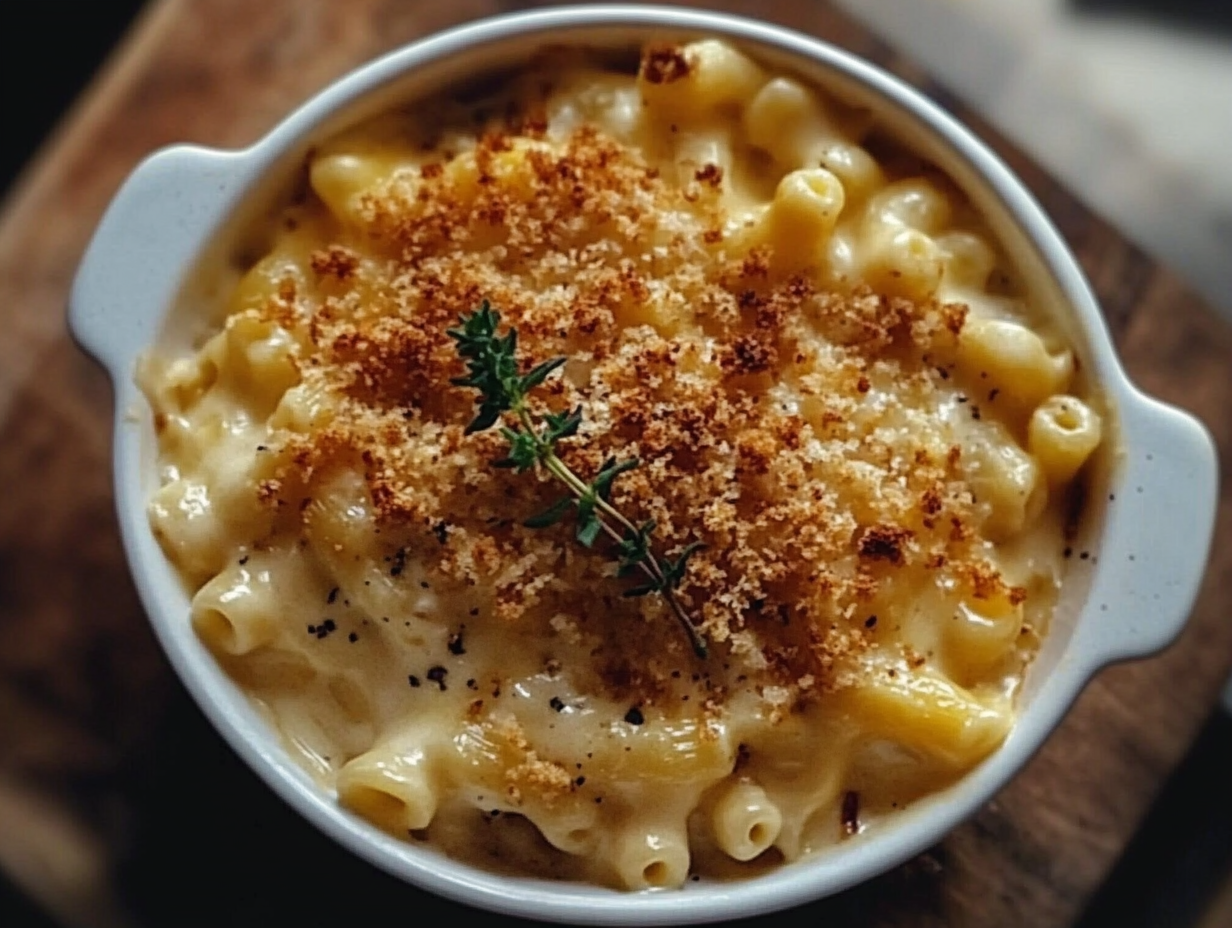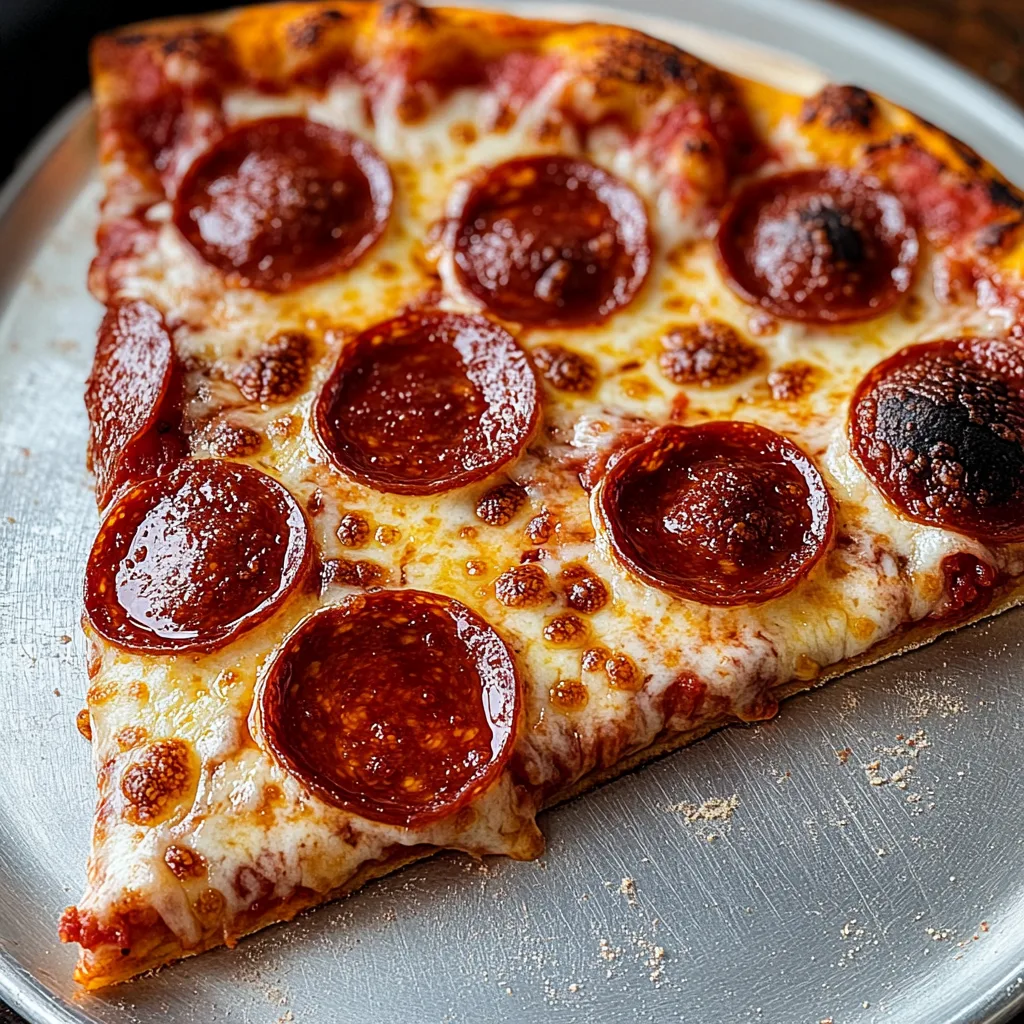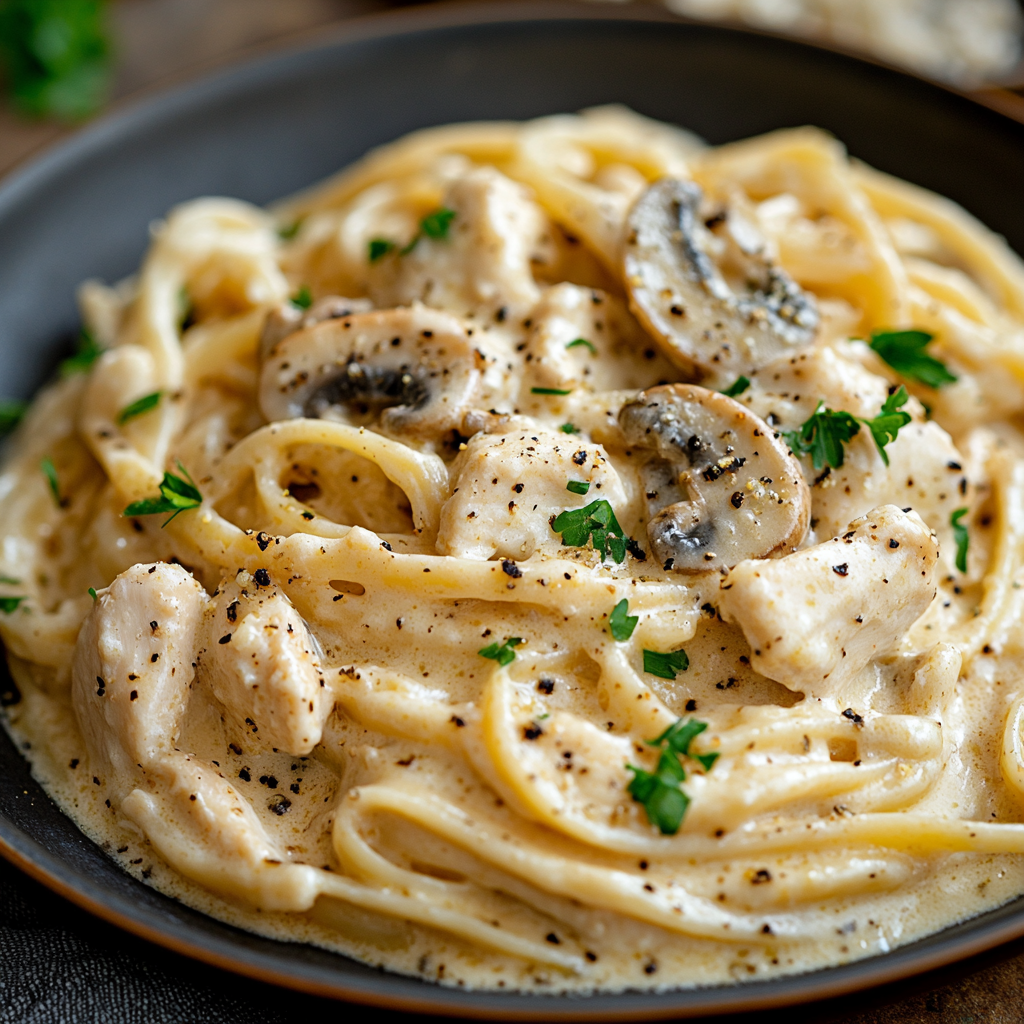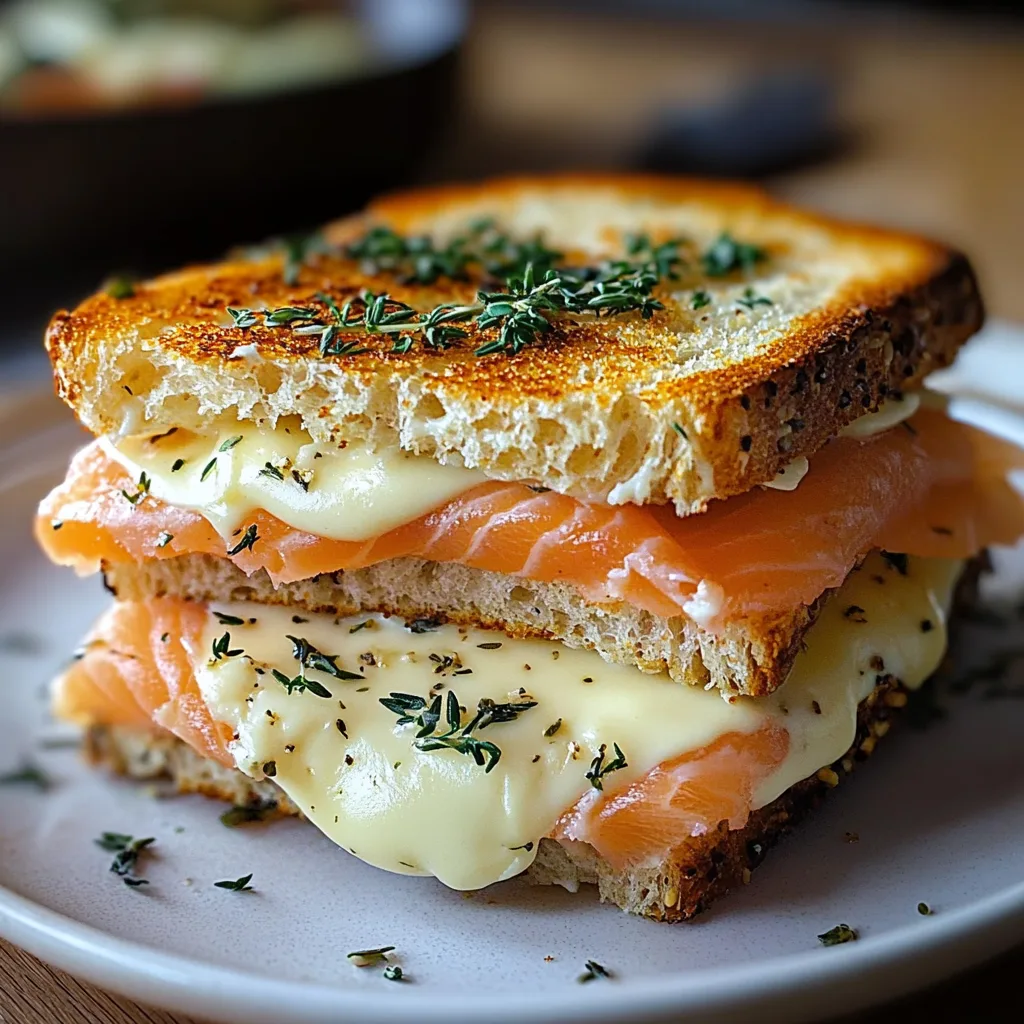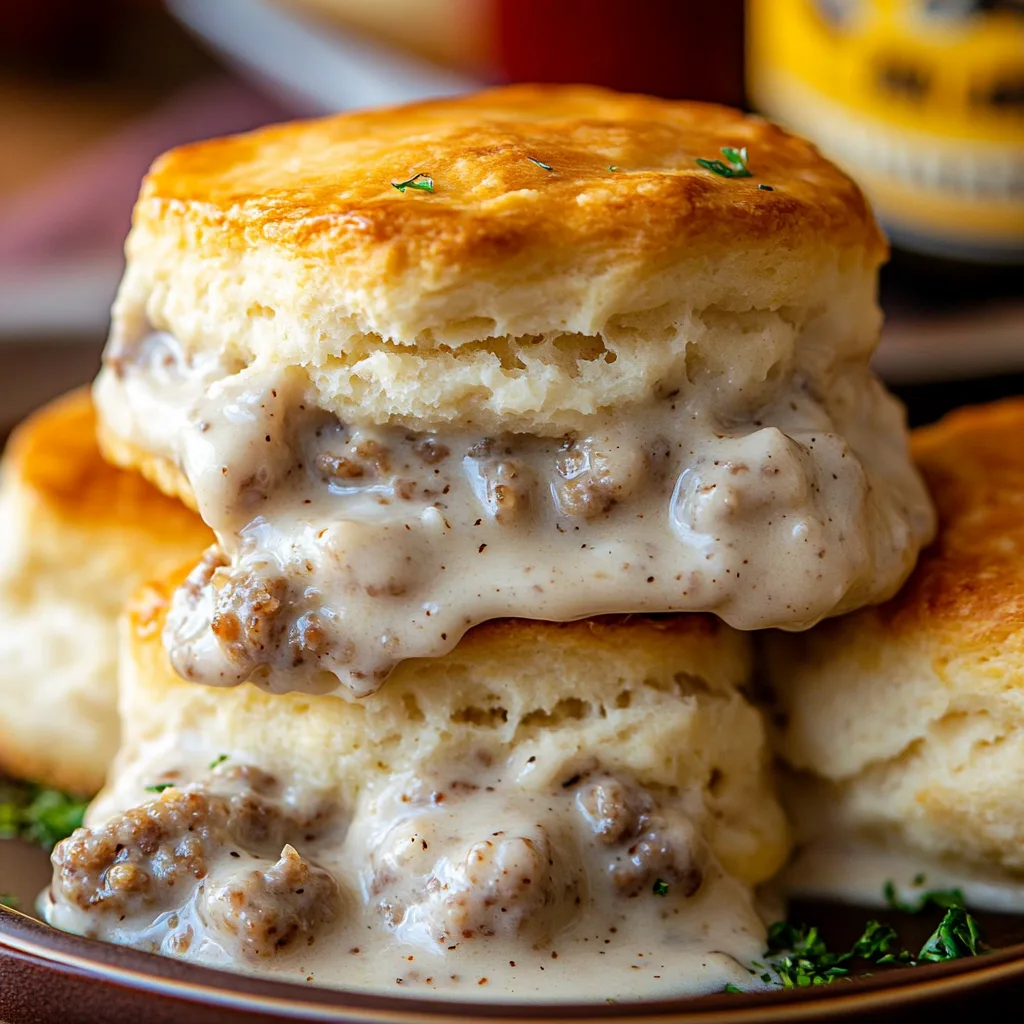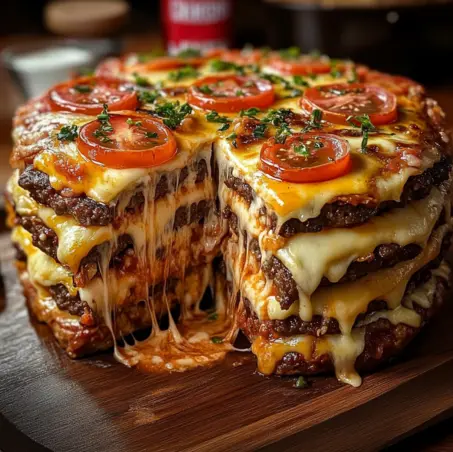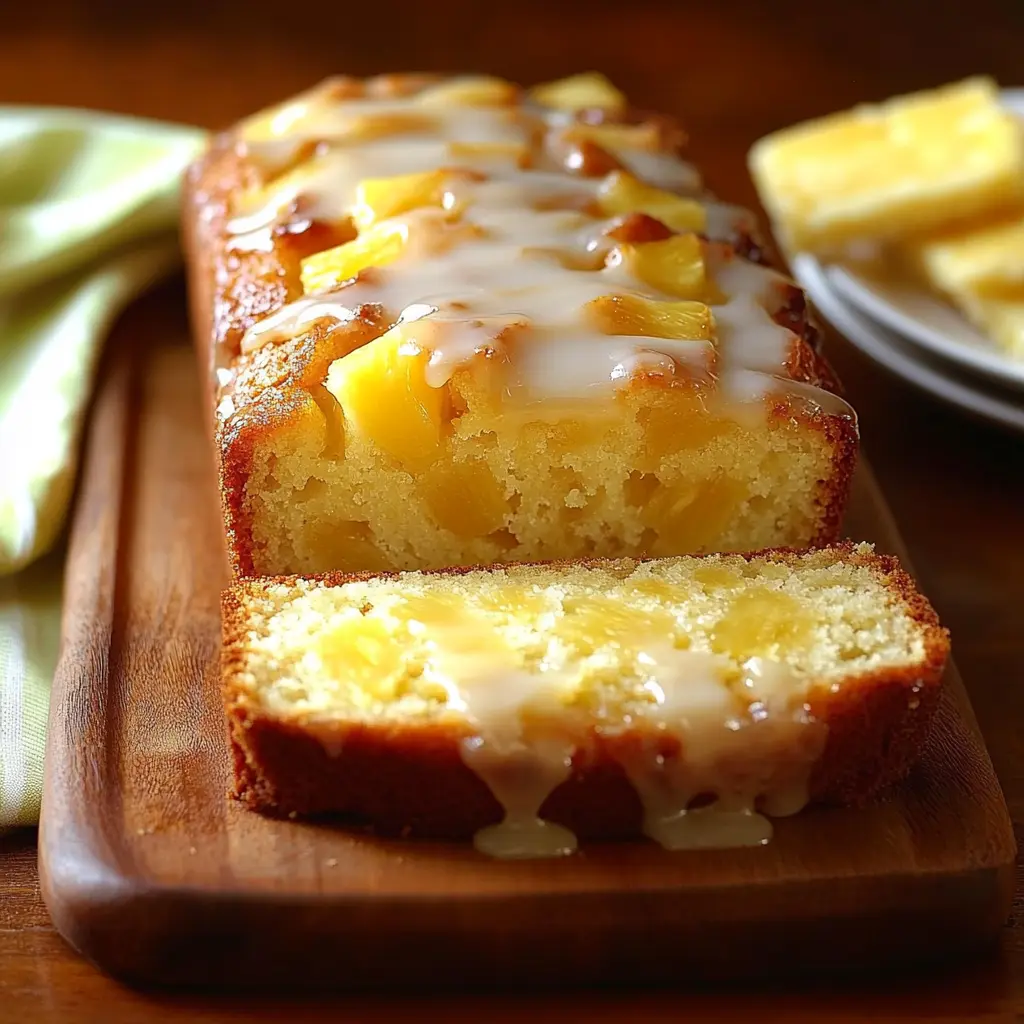Mac and cheese has a long history as one of the ultimate comfort foods. Its origins trace back to Europe, with some of the earliest recipes appearing in Italy and later France, where pasta was combined with melted cheese to create a simple yet indulgent dish. When Thomas Jefferson brought a pasta machine back to the United States from France in the 18th century, he helped popularize pasta dishes in America, and soon, baked macaroni and cheese became a staple in American cuisine. By the early 20th century, its popularity soared with the introduction of boxed mac and cheese, making it an affordable and quick meal for families across the country. Today, mac and cheese is celebrated for its comforting warmth, creamy texture, and endless versatility.
This Good Ole Fashion Mac and Cheese recipe captures the essence of classic, homemade mac and cheese, offering a blend of creamy richness and cheesy goodness. With layers of cheddar and mozzarella, a silky milk mixture, and a hint of paprika, this dish brings out the flavors and textures that make mac and cheese a timeless favorite. Simple to prepare, this recipe ensures a perfectly creamy, cheesy experience without the need for complex ingredients or techniques, making it both satisfying and accessible for cooks of all levels. Whether served as a side dish or the main event, this mac and cheese is bound to please.
Ingredients Overview
Dry Elbow Macaroni (3 cups)
Elbow macaroni is a classic choice for mac and cheese due to its compact shape and hollow center, which capture the creamy sauce in every bite. Its small, curved design is ideal for layering and ensures an even distribution of cheese and sauce, providing a satisfying texture and flavor in each forkful.
Salted Butter (4 tablespoons)
Butter is essential for adding richness and a hint of salty flavor to the dish. Stirring it into the pasta after cooking coats each piece, preventing sticking while adding a velvety base for the sauce. The butter infuses the mac and cheese with a comforting, creamy undertone that elevates the overall flavor.
Evaporated Milk (2 cans, 12 oz each)
Evaporated milk offers a creamy texture without the heaviness of cream. Its reduced water content gives it a thicker consistency than regular milk, resulting in a richer, silkier sauce that clings to the pasta. It also provides a subtle sweetness that complements the sharpness of the cheese.
Milk of Choice (1/3 cup)
Adding a small amount of regular milk lightens the texture while enhancing creaminess. Whole milk works best for richness, but 2%, skim, or non-dairy alternatives like almond or oat milk can be used for a lighter option, depending on dietary preferences.
Eggs (2 large)
Eggs act as a binding agent, giving the mac and cheese a custard-like consistency that holds everything together. They also add a subtle, creamy flavor and create a slight firmness when baked, giving each slice a satisfying structure.
Garlic Salt (1/4 teaspoon)
A pinch of garlic salt adds a gentle, savory depth without overpowering the dish. It enhances the flavors of the cheese and milk, giving the mac and cheese a subtle hint of warmth and complexity.
Cheddar Cheese (4 cups, shredded)
Cheddar is the main flavor driver in this recipe. Its sharp, tangy profile provides depth, while its melting quality ensures a smooth, creamy consistency. Cheddar also has a slight saltiness that balances the sweetness of the milk, creating a full-bodied taste.
Mozzarella Cheese (2 cups, shredded)
Mozzarella adds creaminess and a gooey texture that complements cheddar’s sharpness. Its mild flavor allows the cheddar to shine while adding a satisfying, stretchy quality, making each bite irresistibly cheesy and smooth.
Paprika (1 teaspoon, optional)
Paprika, though optional, adds a splash of color and a hint of smoky warmth. Sprinkled on top, it enhances the presentation with a golden hue and offers a subtle earthy note, balancing the richness of the cheese with a touch of spice.
Boiling the Pasta
To begin, bring a large pot of salted water to a rolling boil. Adding salt to the water enhances the pasta’s flavor, ensuring a well-seasoned base for the mac and cheese. Once the water is boiling, add the elbow macaroni and cook for about 7–8 minutes, or until al dente. This means the pasta should be tender but still slightly firm, as it will continue cooking in the oven. Overcooking the pasta at this stage can lead to a mushy texture in the final dish. Once the pasta reaches the perfect al dente texture, drain it immediately and return it to the pot.
Coating the Pasta with Butter
Once the pasta is drained and returned to the pot, add the butter while the pasta is still warm. Stir until the butter melts completely and evenly coats each macaroni piece. This step adds a layer of richness to the dish and prevents the pasta from sticking together, creating a smooth base for the cheese sauce. Coating the pasta in butter also helps the sauce cling to each piece, enhancing the overall creamy texture. This simple yet crucial step ensures the pasta absorbs flavors and remains velvety throughout the baking process.
Preparing the Milk and Egg Mixture
In a large bowl, whisk together the evaporated milk, 1/3 cup of milk, eggs, and garlic salt until the mixture is smooth and fully combined. Whisking thoroughly ensures a cohesive texture without lumps, allowing for an even distribution of ingredients. When incorporating eggs, whisk gently but consistently to avoid curdling, as curdled eggs can lead to an uneven texture. The mixture should be a pale, creamy liquid with a uniform consistency, which will blend seamlessly into the pasta and cheese layers. This custard-like mixture is essential for achieving the mac and cheese’s creamy, cohesive structure when baked.
Preparing the Cheese Mixture
In a separate bowl, combine the shredded cheddar and mozzarella cheeses. Blending these cheeses creates a balanced flavor profile, with cheddar providing a sharp, tangy note and mozzarella adding a mild, gooey texture. Shredding cheese at home, rather than using pre-shredded options, is recommended, as freshly shredded cheese melts better and avoids anti-caking agents that can lead to graininess. Home-shredded cheese creates a smoother, more luxurious texture in the sauce, ensuring every bite is creamy and rich. Mixing the cheeses thoroughly before layering guarantees a consistent blend of flavors and textures throughout the dish.
Layering the Macaroni and Cheese
To assemble the mac and cheese, begin by lightly greasing a 9×13-inch baking dish. Spread one-third of the buttered macaroni in an even layer on the bottom of the dish. Sprinkle one-third of the cheese mixture over the pasta, covering it evenly to ensure each layer is packed with cheesy goodness. Repeat this layering process two more times, ending with a final layer of cheese on top. Layering the macaroni and cheese in sections allows the flavors to meld together as they bake, with cheese melting and seeping into each layer of pasta for an even distribution. The layered approach also creates a beautifully textured surface, with pockets of cheese and pasta blending together seamlessly. This step-by-step layering technique results in a rich, flavorful dish that balances pasta and cheese in every bite.
Pouring the Milk Mixture
After layering the pasta and cheese, carefully pour the milk and egg mixture over the entire dish. Pour slowly and evenly to ensure the liquid seeps through all layers, binding the macaroni and cheese together. By distributing the milk mixture evenly, each layer of pasta absorbs the custard-like sauce, creating a unified texture and enhancing the creaminess throughout. For best results, gently tilt the baking dish if needed to encourage even distribution of the liquid, ensuring it reaches all edges and corners. Allow the milk mixture to settle briefly before adding the final touch.
Adding Paprika and Baking
Before baking, sprinkle paprika over the top layer of cheese for added color and a subtle hint of warmth. While optional, paprika enhances the dish’s appearance by adding a golden hue as it bakes, creating a visually appealing, crispy top. Preheat your oven to 375°F (190°C) to ensure even cooking. Bake the mac and cheese for 25–30 minutes, or until the top is golden and bubbly, indicating that the cheese has melted thoroughly and the custard has set. Baking at this temperature allows the dish to cook evenly without over-drying, preserving its creamy, gooey texture.
Cooling and Serving
After removing the mac and cheese from the oven, allow it to cool for a few minutes. This brief cooling period helps the dish set slightly, making it easier to serve without falling apart. Cooling also allows the flavors to settle, enhancing the taste. Serve the mac and cheese warm, garnished with fresh herbs like parsley or chives for an added pop of color. This dish pairs well with a side salad or roasted vegetables for a balanced meal, or it can stand alone as a comforting, hearty entrée.
Tips for the Best Mac and Cheese
Achieving the perfect creamy texture starts with balancing the ingredients and using high-quality cheese. For extra creaminess, consider blending cheddar with other cheeses like gouda or Monterey jack. Experiment with different cheese combinations to personalize the flavor. When choosing milk, whole milk or even a splash of heavy cream adds richness, though 2% or non-dairy milk alternatives work well for lighter options. Avoid overcooking the pasta; al dente pasta ensures it won’t turn mushy during baking. For a crispy topping, add a layer of breadcrumbs or extra cheese on top before baking. Leftovers can be reheated by adding a splash of milk and reheating in the oven or on the stovetop over low heat to maintain creaminess. For a flavor twist, try adding cooked bacon, caramelized onions, or a dash of hot sauce to elevate the mac and cheese experience.
Can I use different types of pasta?
Yes, while elbow macaroni is traditional for mac and cheese, other small pasta shapes like shells, cavatappi, or rotini work well. These shapes hold onto the cheese sauce effectively, delivering that creamy bite in each mouthful.
What’s the purpose of using evaporated milk?
Evaporated milk gives mac and cheese a rich, creamy texture without the heaviness of cream. Its thicker consistency allows for a smooth sauce that coats the pasta beautifully, adding depth without making it overly heavy.
Can I add other ingredients like bacon or veggies?
Absolutely! You can customize this dish with cooked bacon, caramelized onions, roasted garlic, or steamed veggies like broccoli or peas. These additions add flavor and texture, making it even heartier.
How do I prevent my mac and cheese from being dry?
To keep it creamy, ensure you have enough cheese and milk mixture, and avoid over-baking. Covering the dish for part of the bake time can also help prevent dryness by locking in moisture.
Can I make this mac and cheese ahead of time?
Yes, you can assemble it in advance and refrigerate. When ready to bake, bring it to room temperature for even cooking, then bake as directed, adding a few extra minutes if necessary to heat through.
Can I make mac and cheese without eggs?
Yes, you can omit the eggs if you prefer a softer, more saucy texture. Eggs help the dish set and create a custard-like consistency, but leaving them out results in a looser, creamier texture.
How do I make mac and cheese extra cheesy?
For an extra cheesy mac and cheese, you can increase the amount of cheddar or add other cheeses like gouda, fontina, or Monterey Jack. Adding a bit of cream cheese also enhances the creaminess and richness.
Can I freeze leftover mac and cheese?
Yes, mac and cheese can be frozen for up to 2–3 months. Store it in an airtight container and thaw it in the refrigerator before reheating in the oven. Add a splash of milk when reheating to restore creaminess.
What’s the best way to reheat mac and cheese?
Reheat in the oven at 350°F, covered with foil to prevent drying out. You can also reheat on the stovetop with a little milk added, stirring frequently over low heat until warmed through.
Can I use pre-shredded cheese?
While pre-shredded cheese is convenient, it often contains anti-caking agents that can affect the smoothness of the sauce. Shredding cheese at home results in a creamier, meltier mac and cheese.

Good Ole Fashion Mac and Cheese
- Author: Christophe
Description
This Good Ole Fashion Mac and Cheese is a classic, creamy, and cheesy dish that’s packed with rich flavors and perfect for family gatherings or comfort food cravings. Made with a combination of cheddar and mozzarella, this baked mac and cheese is beautifully golden, bubbly, and irresistibly delicious.
Ingredients
- 3 cups dry elbow macaroni
- 4 tablespoons salted butter
- 2 cans (12 oz each) evaporated milk
- 1/3 cup milk of choice (whole, 2%, or alternative milk)
- 2 large eggs
- 1/4 teaspoon garlic salt
- 4 cups shredded cheddar cheese
- 2 cups shredded mozzarella cheese
- 1 teaspoon paprika (optional)
Instructions
1️⃣ Boil the Pasta:
- In a large pot of salted water, bring to a rolling boil. Add the elbow macaroni and cook until al dente, about 7-8 minutes.
- Drain the macaroni and return it to the pot.
2️⃣ Coat the Pasta with Butter:
- Stir in the butter until melted and the macaroni is well-coated, adding a layer of richness and preventing sticking.
3️⃣ Prepare the Milk and Egg Mixture:
- In a large bowl, whisk together the evaporated milk, 1/3 cup of milk, eggs, and garlic salt until smooth and well combined.
4️⃣ Prepare the Cheese:
- In a separate bowl, combine the shredded cheddar and mozzarella cheeses.
5️⃣ Layer the Macaroni and Cheese:
- Preheat your oven to 375°F (190°C) and lightly spray a 9×13 inch baking dish with non-stick spray.
- Layer 1/3 of the buttered macaroni in the dish, followed by 1/3 of the cheese mixture. Repeat this layering twice, ending with a final layer of cheese on top.
6️⃣ Pour the Milk Mixture:
- Evenly pour the milk and egg mixture over the layered macaroni, allowing the liquid to seep through all layers.
7️⃣ Add Paprika and Bake:
- Sprinkle paprika over the top for added flavor and color (optional).
- Bake in the preheated oven for 25-30 minutes, or until the top is golden and bubbly.
8️⃣ Let it Cool:
- Remove from the oven and let the dish cool for a few minutes, allowing the mac and cheese to set slightly for easier serving.
9️⃣ Serve and Enjoy:
- Serve hot and enjoy the creamy, cheesy goodness with family and friends!
Notes
This dish can be customized by adding crispy bacon bits, bread crumbs, or even a mix of different cheeses. It reheats beautifully, making it great for leftovers the next day. Pair it with a side salad or roasted vegetables for a complete meal!


